Gjirokaster has an old town which is a UNESCO World Heritage Site, and is described as “a rare example of a well-preserved Ottoman town, built by farmers of alarge estate”.
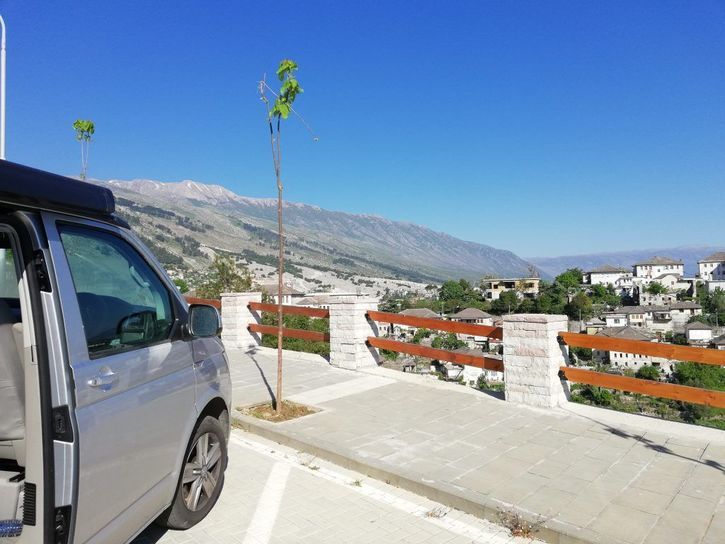
The city is overlooked by Gjirokastër Fortress. It is the birthplace of former Albanian communist leader Enver Hoxha and notable writer Ismail Kadare.
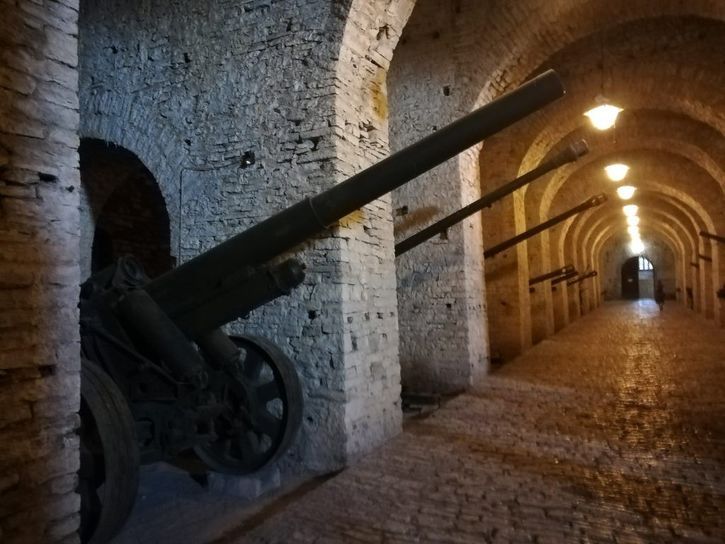
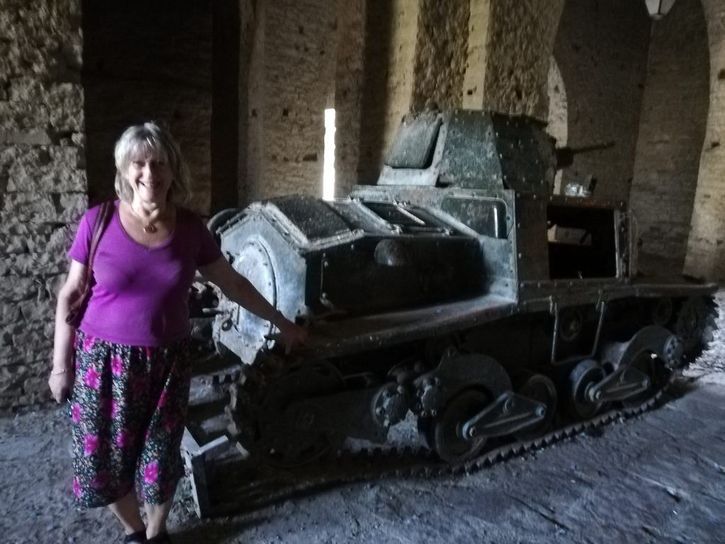
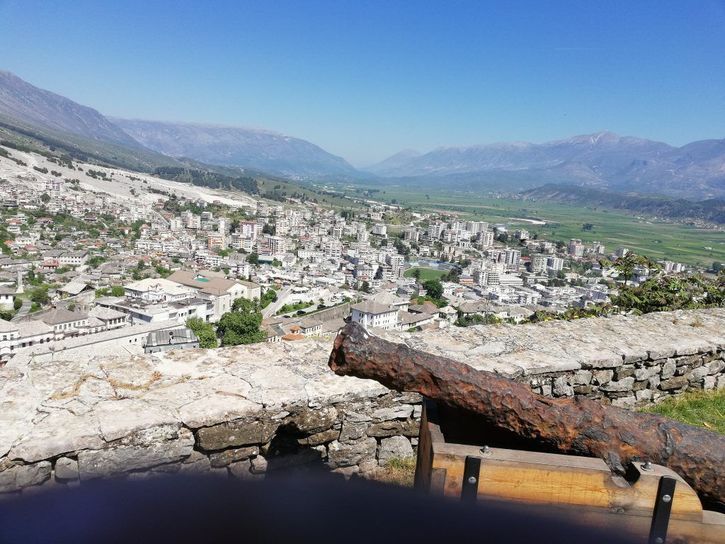
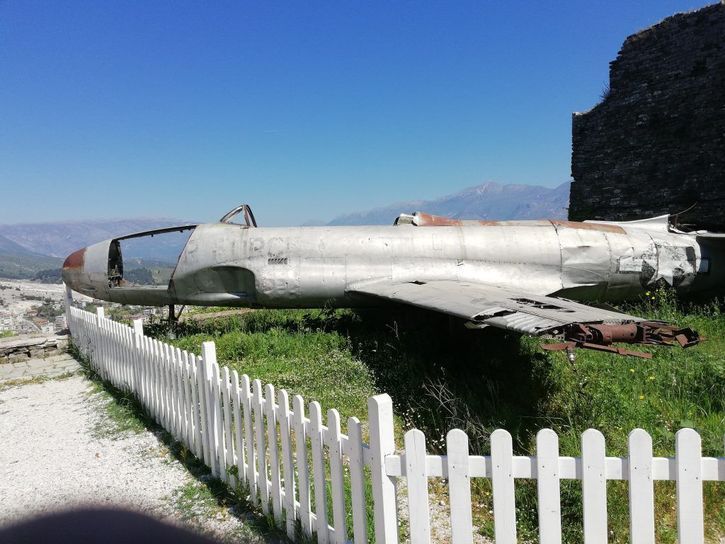
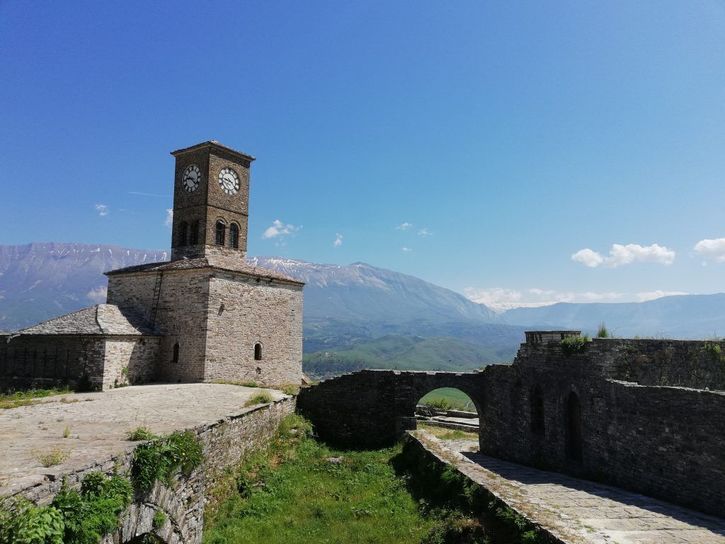
The city appears in historical records in 1336 by its Greek name as part of the Byzantine Empire.It became part of the Orthodox Christian diocese of Argyrokastro after the destruction of nearby Adrianoupolis. Gjirokastër later was contested between the Despotate of Epirus and the Albanian clan of John Zenevisi before falling under Ottoman rule for the next five centuries (1417-1913). During the Ottoman period conversions to Islam and an influx of Muslim converts from the surrounding countryside made Gjirokastër go from being an overwhelmingly Christian city in the 16th century into one with a large Muslim population by the early 19th century.Gjirokastër also became a major religious centre for Bektashi Sufism. Taken by the Hellenic Army during the Balkan Wars of 1912–3 on account of its large Greek population, it was eventually incorporated into the newly independent state of Albania in 1913. This proved highly unpopular with the local Greek population, who rebelled; after several months of guerrilla warfare, the short-lived Autonomous Republic of Northern Epirus was established in 1914 with Gjirokastër as its capital. It was definitively awarded to Albania in 1921. In more recent years, the city witnessed anti-government protests that lead to the Albanian civil war of 1997. Along with Muslim and Orthodox Albanians, the city is also home to a substantial Greek minority.
We visited the fortress which is reached by walking up steep cobbled streets lined by stalls selling tourist tat. It has an old Italian tank, one of only 200 remaining, from the period when Albania was controlled by Mussolini, and an American plane which crashed there in 1959.